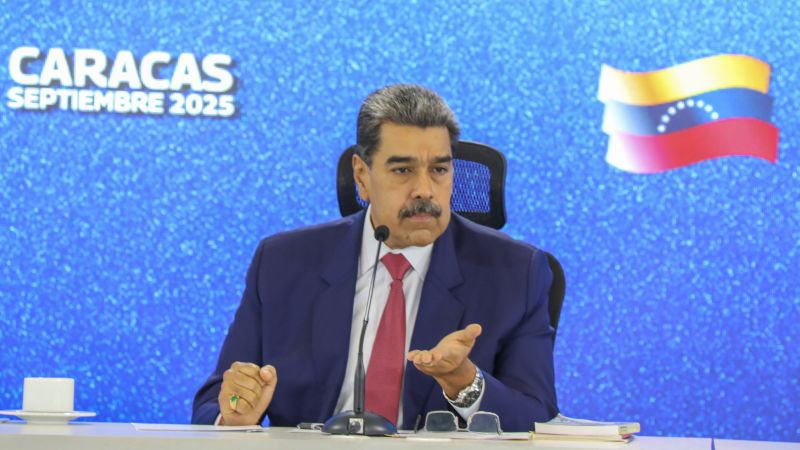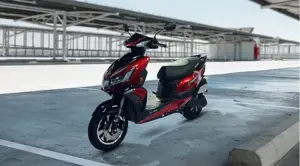
UPDATE: Venezuelan President Nicolás Maduro has declared that the nation possesses 5,000 Russian-made Igla-S anti-aircraft missiles strategically positioned across the country. This announcement comes as tensions escalate between Venezuela and the United States, with President Donald Trump considering military action against Maduro’s regime.
During a military event broadcast on Venezolana de Televisión (VTV), Maduro emphasized, “Any military force in the world knows the power of the Igla-S, and Venezuela has no less than 5,000 of them.” These missiles, known for their effectiveness against low-flying aircraft, including drones and helicopters, are light enough to be operated by a single soldier.
The U.S. military has already deployed 4,500 Marines and sailors to the Caribbean to combat drug trafficking and assert military dominance in the region. Trump’s administration has intensified efforts to destabilize Maduro’s government, alleging connections between the Venezuelan leader and drug cartels designated as terror groups.
Trump stated last week that he has authorized the CIA to conduct covert operations in Venezuela, and hinted at the possibility of expanding military operations on land. “We are certainly looking at land now, because we’ve got the sea very well under control,” he told reporters, escalating concerns over potential military engagement.
Authorities have reported that Maduro is mobilizing “millions” of militia members in response to U.S. actions. He insists that the Venezuelan populace remains “clear, united, and aware” of the threats facing their nation. In a televised address, he stated, “They have the means to once again defeat this open conspiracy against the peace and stability of Venezuela.”
Despite Maduro’s assertions, the credibility of his claims regarding the militia’s size and training has been questioned by experts. The Russian Igla-S missiles are known to have a range of up to 6,000 meters and can target threats at altitudes of up to 3,500 meters. Although CNN has not independently verified the number of missiles Maduro claims, the International Institute for Strategic Studies (IISS) has confirmed their presence in Venezuela’s military inventory.
As military tensions rise, the international community is closely monitoring the situation. The U.S. has already conducted several strikes against alleged “narco boats” off the Caribbean coast, and lawmakers from both parties are scrutinizing the legality of these military actions.
What happens next? With Trump intensifying pressure on Maduro, further military escalations could occur if diplomatic efforts fail. The situation remains fluid, and developments are expected in the coming days.
Stay tuned for updates as this urgent story unfolds, impacting not only Venezuela but also regional stability and international relations.





